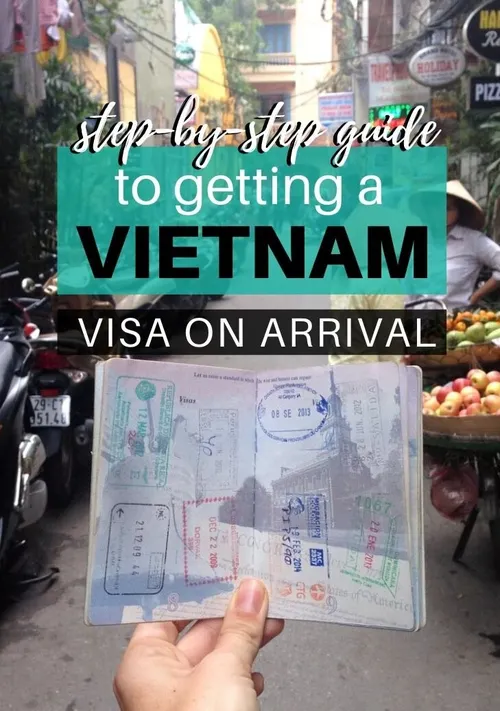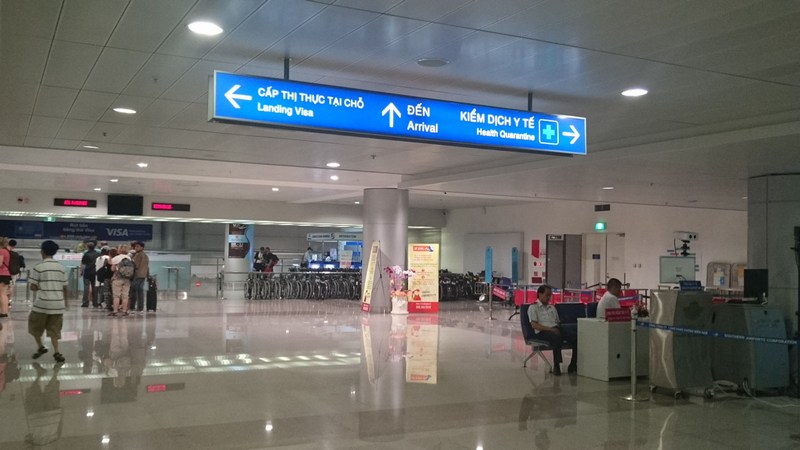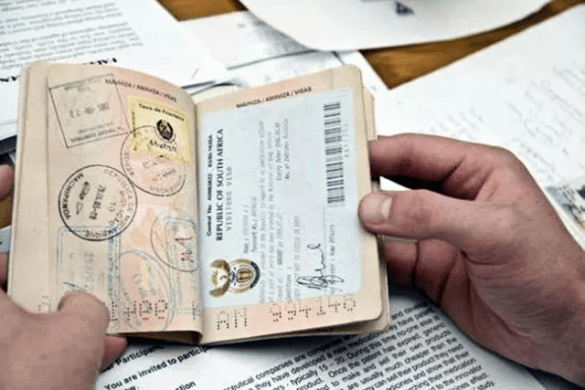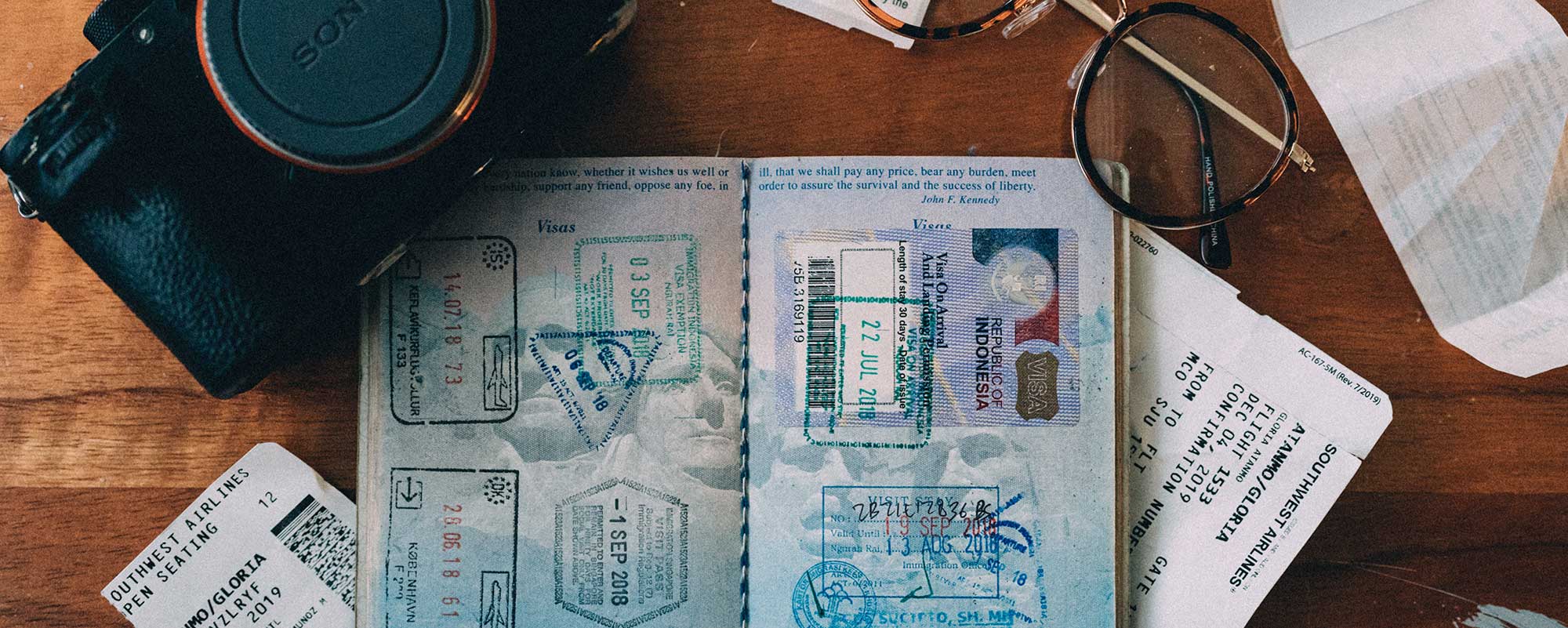If you are planning a trip to Vietnam, the first thing you need to do is obtain a visa. While there are different visa types available, the easiest and most popular way to get a visa for Vietnam is through the visa upon arrival (VOA) program. In this article, we will discuss everything you need to know about the Vietnam visa upon arrival program.
Table of Contents
What is Vietnam Visa Upon Arrival?

The Vietnam visa upon arrival is an online application system that allows travelers to apply for a visa before arriving in Vietnam. This means that you can avoid the hassle of visiting a Vietnamese embassy or consulate in your home country and obtain a visa right at the airport upon arrival. The VOA program is available for both tourist and business visas, and it is valid for up to 90 days.
How to Apply for Vietnam Visa Upon Arrival?

To apply for a Vietnam visa upon arrival, follow these simple steps:
- Visit the website of any reputable visa agency that offers Vietnam visa services.
- Fill out the online application form with personal and travel information.
- Pay the visa processing fee using your preferred payment method.
- Receive the visa approval letter via email within two working days.
- Print the visa approval letter, prepare two passport-sized photos, and bring them with you to Vietnam.
Upon arrival at the airport, show your visa approval letter and photos to the immigration officers, pay the stamping fee (USD 25 for single-entry and USD 50 for multiple-entry visas), and get your visa stamped on your passport.
Pros and Cons of Vietnam Visa Upon Arrival

Like any other visa type, the Vietnam visa upon arrival has its advantages and disadvantages. Here are some pros and cons to consider:
Pros
- Convenience: Applying for a VOA is much easier and faster than applying for a visa at a Vietnamese embassy or consulate.
- Cost-effective: The VOA processing fee is usually lower than the embassy/consulate visa fee, and you don’t need to pay for shipping or mailing.
- Flexibility: The VOA program offers both single-entry and multiple-entry visas with different durations, giving you more options to suit your travel needs.
Cons
- Uncertainty: Although the visa approval rate is high, it’s not 100% guaranteed, and there is a risk of being denied entry at the airport.
- Longer waiting time: While the VOA processing time is usually within two working days, it may take longer during peak seasons or holidays.
- Hidden fees: Some visa agencies may charge extra fees for urgent processing, weekend/holiday processing, or other services that are not clearly stated on their websites.
Alternatives to Vietnam Visa Upon Arrival

If you prefer not to use the VOA program, here are some alternative ways to get a Vietnam visa:
- Embassy/consulate visa: You can apply for a Vietnam visa at a Vietnamese embassy or consulate in your home country before traveling to Vietnam. This option requires more preparation time and higher costs but ensures a more secure and reliable visa process.
- E-visa: The Vietnamese government also offers an electronic visa (e-visa) program for citizens of over 80 countries, including the US, the UK, Canada, and Australia. The e-visa application can be done online through the official website of the Vietnamese immigration department and usually takes three working days to process.
FAQs about Vietnam Visa Upon Arrival
Here are some frequently asked questions about the Vietnam visa upon arrival program:
1. Who is eligible for a Vietnam visa upon arrival?
Any foreign citizen who travels to Vietnam by air and has a valid passport, a visa approval letter, and two passport-sized photos is eligible for a VOA.
2. How long does it take to get a Vietnam visa approval letter?
The processing time for a VOA approval letter is usually within two working days, but it can take longer during peak seasons or holidays.
3. How much does a Vietnam visa upon arrival cost?
The VOA processing fee varies depending on the visa type, duration, and visa agency you choose. It usually ranges from USD 15 to USD 50 per person for a single-entry visa and USD 25 to USD 135 for a multiple-entry visa.
4. Can I apply for a Vietnam visa upon arrival at any airport in Vietnam?
No, you can only apply for a VOA at one of the four international airports in Vietnam: Noi Bai (Hanoi), Da Nang, Tan Son Nhat (Ho Chi Minh City), and Cam Ranh (Nha Trang).
5. Do I need to show my return ticket or hotel booking when applying for a VOA?
No, you don’t need to show your return ticket or hotel booking when applying for a VOA. However, it’s recommended to have them ready in case the immigration officers ask for them.
Conclusion
Ob taining a visa for Vietnam can be a daunting task, but with the Vietnam visa upon arrival program, it has become much easier and more convenient. By following the steps we outlined above, you can apply for a VOA in just a few clicks and avoid the hassle of visiting a Vietnamese embassy or consulate. However, it’s important to keep in mind the pros and cons of the VOA program and consider alternatives before making a decision.
We hope this comprehensive guide has provided you with all the information you need to know about the Vietnam visa upon arrival program. Happy travels!